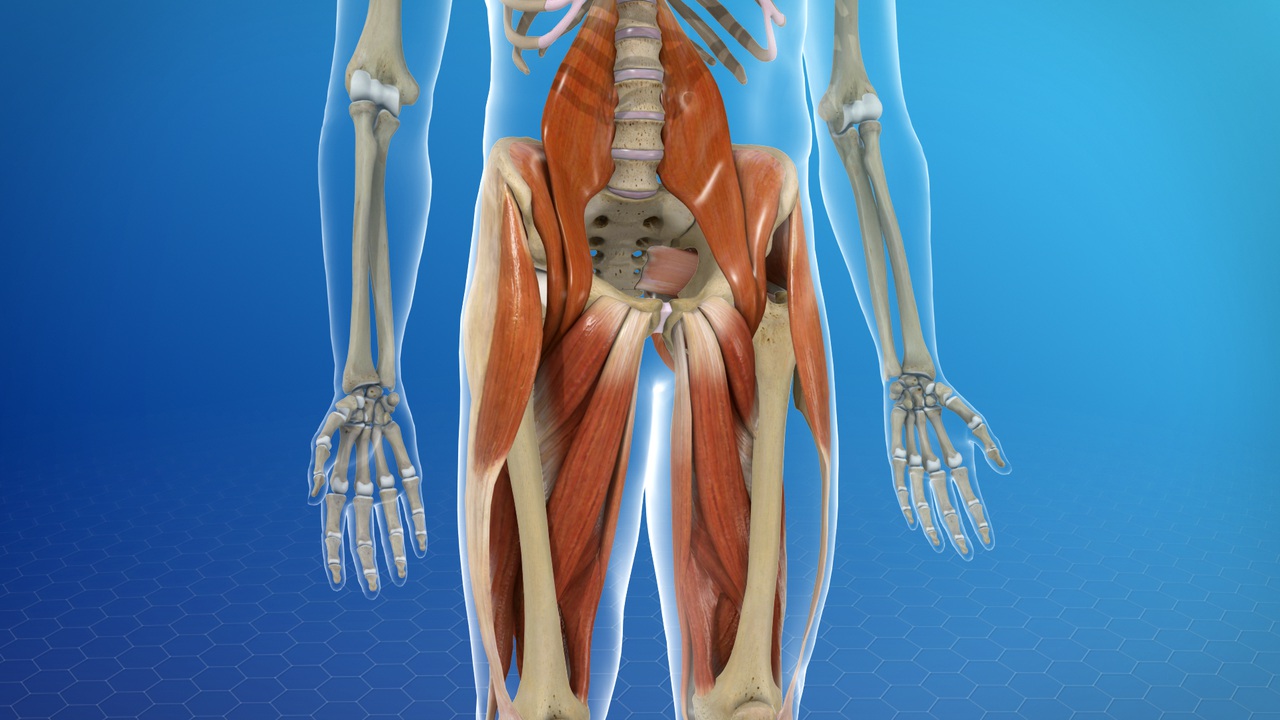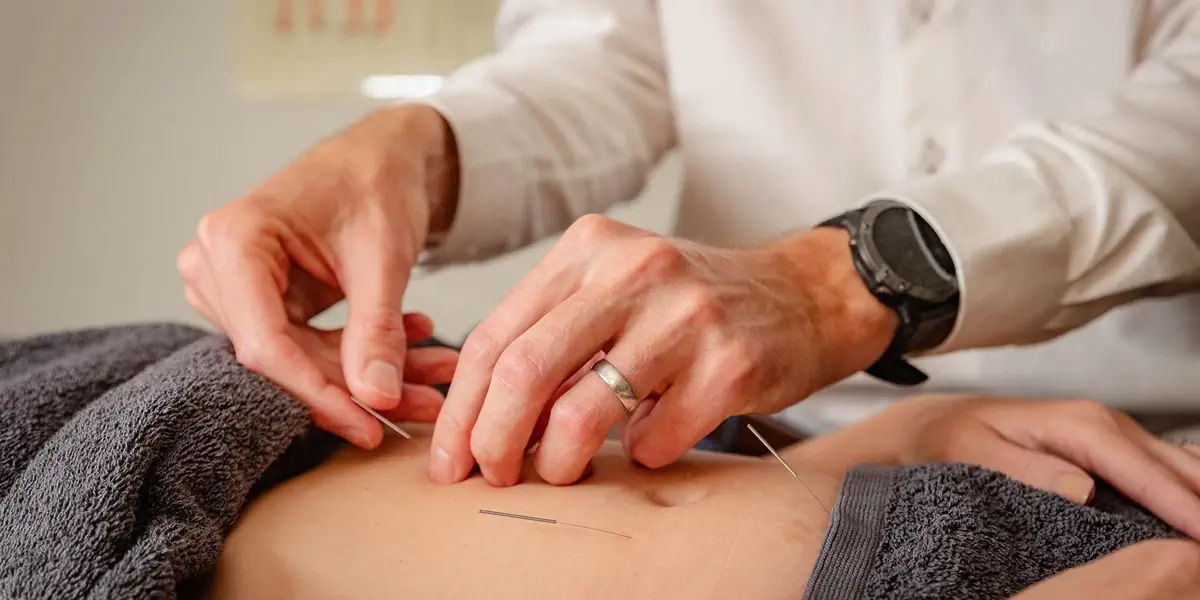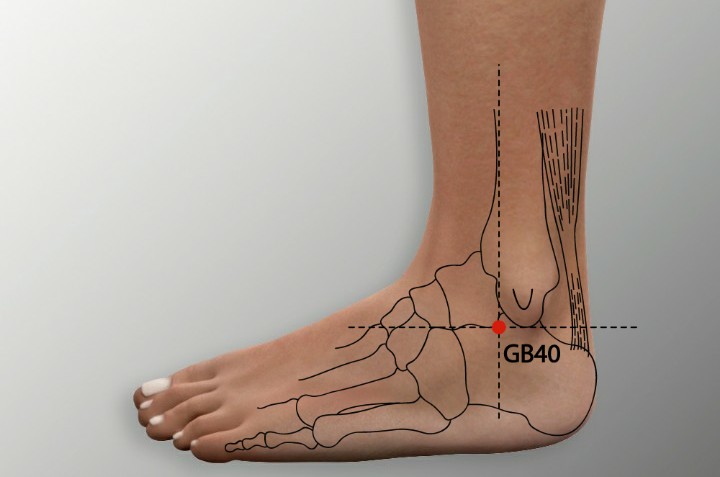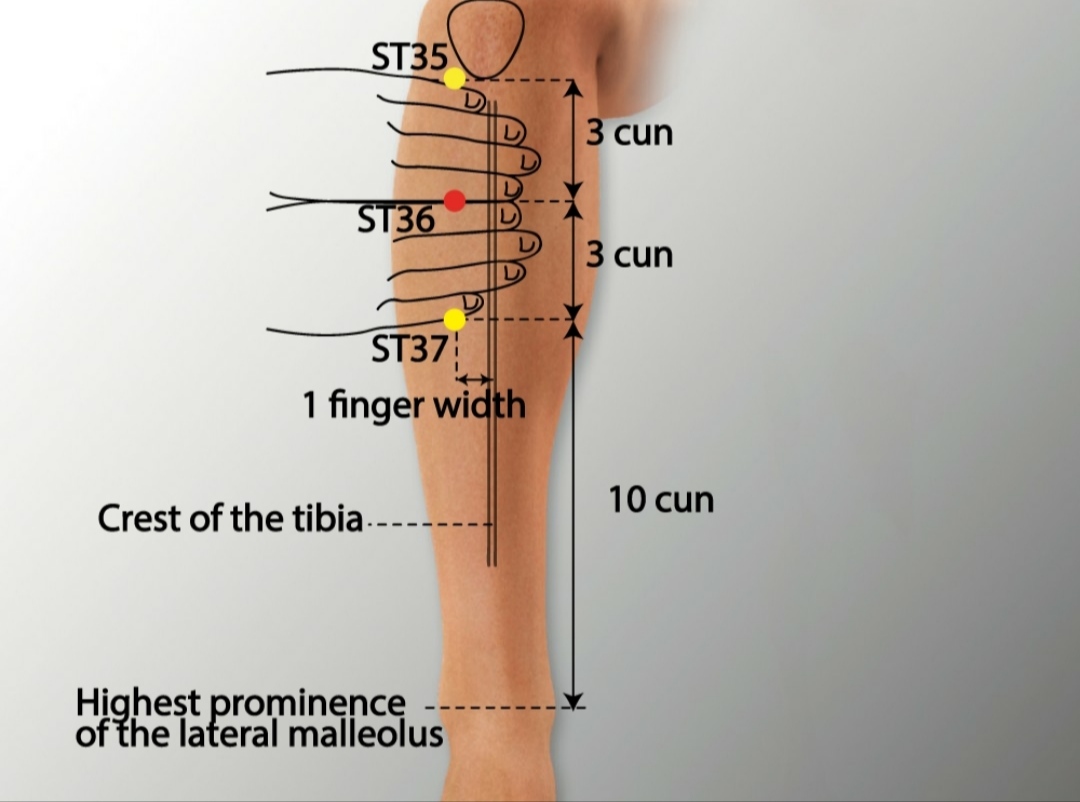Soft Tissue Injuries and Acupuncture Treatment in Tokyo
Soft tissue injuries are among the most common musculoskeletal conditions, affecting millions worldwide. These injuries involve damage to muscles, tendons, ligaments, fascia, or other connective tissues, often resulting from trauma, overuse, or repetitive strain. According to the American Academy of Orthopaedic Surgeons, soft tissue injuries account for a significant portion of emergency room visits, with sprains and strains alone affecting over 2 million Americans annually. From athletes to office workers, anyone can experience these injuries, which cause pain, swelling, and reduced mobility, impacting daily life and productivity.
While conventional treatments like rest, ice, compression, elevation (RICE), physical therapy, and medications are standard, complementary therapies such as acupuncture are gaining recognition for their ability to accelerate healing and alleviate symptoms. Rooted in Traditional Oriental Medicine (TOM), acupuncture offers a holistic approach to managing soft tissue injuries. This article provides an in-depth exploration of soft tissue injuries, explains how acupuncture can aid in their treatment, and highlights key acupoints used to promote recovery.
- What Are Soft Tissue Injuries?
- Types of Soft Tissue Injuries
- Causes and Risk Factors
- Symptoms of Soft Tissue Injuries
- Conventional Treatments for Soft Tissue Injuries
- Acupuncture Treatment
- How Acupuncture Treats Soft Tissue Injuries
- Evidence Supporting Acupuncture for Soft Tissue Injuries
- Key Acupoints for Soft Tissue Injuries
- 1. Ankle Sprains
- 2. Hamstring or Quadriceps Strains
- 3. Tennis Elbow (Lateral Epicondylitis)
- 4. Shoulder Injuries (Bursitis or Rotator Cuff Strains)
- 5. Carpal Tunnel Syndrome
- 6. Myofascial Pain and Trigger Points
- Practical Considerations for Acupuncture
- Safety and Qualifications
- Finding a Practitioner
- Integration with Conventional Care
- Session Expectations
- Benefits and Limitations of Acupuncture
- Benefits
- Limitations
- Future Directions and Research
- Conclusion
What Are Soft Tissue Injuries?
Soft tissues include muscles, tendons, ligaments, fascia, and other non-bony structures that support movement and stability. Soft tissue injuries occur when these structures are damaged, leading to pain, inflammation, and impaired function. These injuries can be acute (sudden onset) or chronic (developing over time).
Maybe You Need:
Types of Soft Tissue Injuries
- Sprains: Overstretching or tearing of ligaments, which connect bones to bones. Ankle sprains are among the most common, with over 25,000 occurring daily in the U.S.
- Strains: Overstretching or tearing of muscles or tendons, which connect muscles to bones. Hamstring strains are frequent in athletes.
- Contusions (Bruises): Damage to soft tissues and blood vessels from blunt trauma, causing swelling and discoloration.
- Tendonitis: Inflammation of tendons due to overuse, such as in tennis elbow (lateral epicondylitis) or Achilles tendonitis.
- Bursitis: Inflammation of bursae, small fluid-filled sacs that cushion joints, often affecting the shoulder or hip.
- Myofascial Pain: Chronic pain in muscle and fascia, often presenting as trigger points, as seen in conditions like fibromyalgia.
- Repetitive Strain Injuries (RSI): Damage from repetitive movements, such as carpal tunnel syndrome in office workers.

Causes and Risk Factors
Soft tissue injuries result from various causes:
- Trauma: Falls, collisions, or direct blows, common in sports or accidents.
- Overuse: Repetitive motions in activities like running, typing, or lifting.
- Poor Posture: Prolonged improper alignment strains muscles and ligaments.
- Aging: Reduced tissue elasticity increases injury risk in older adults.
- Inadequate Warm-Up: Lack of stretching or warm-up before activity.
- Environmental Factors: Slippery surfaces or uneven terrain contribute to falls.
Risk factors include lack of fitness, obesity, improper equipment (e.g., worn-out shoes), and pre-existing conditions like arthritis. Early intervention is crucial to prevent chronic pain or long-term dysfunction.
Symptoms of Soft Tissue Injuries
Symptoms vary by injury type and severity but commonly include:
- Pain: Sharp (acute) or dull (chronic), localized or radiating.
- Swelling: Due to inflammation or fluid buildup.
- Bruising: From damaged blood vessels.
- Stiffness: Reduced range of motion in affected areas.
- Weakness: Difficulty bearing weight or performing tasks.
- Trigger Points: Sensitive spots in muscles causing referred pain.
Severe injuries, such as complete tendon or ligament tears, may require surgical intervention, while milder cases often respond well to conservative treatments.

Conventional Treatments for Soft Tissue Injuries
Conventional management aims to reduce pain, control inflammation, and restore function. Common approaches include:
- RICE Protocol: Rest, Ice, Compression, and Elevation to minimize swelling and pain in acute injuries.
- Medications: Nonsteroidal anti-inflammatory drugs (NSAIDs) like ibuprofen or corticosteroids for pain and inflammation.
- Physical Therapy: Exercises to strengthen muscles, improve flexibility, and restore mobility.
- Immobilization: Braces, splints, or casts to stabilize injured areas.
- Surgery: For severe cases, such as complete ligament tears or tendon ruptures.
- Injections: Corticosteroids or platelet-rich plasma (PRP) to reduce inflammation or promote healing.
While effective, these treatments may have drawbacks, such as NSAID side effects (e.g., gastrointestinal issues) or prolonged recovery times. This has led to increased interest in acupuncture as a complementary or alternative therapy.
Acupuncture Treatment
Acupuncture, a key component of TOM, involves inserting fine, sterile needles into specific points on the body, known as acupoints, to restore balance and promote healing. TOM views health as dependent on the smooth flow of vital energy through meridians, or energy pathways. Injury or illness disrupts this flow, and acupuncture aims to correct imbalances.
Modern science suggests acupuncture works by:
- Stimulating endorphin release, reducing pain perception.
- Modulating neurotransmitters like serotonin and dopamine.
- Enhancing blood flow to injured tissues, aiding repair.
- Reducing inflammation by lowering pro-inflammatory cytokines.
- Regulating the autonomic nervous system to promote relaxation.
The World Health Organization (WHO) recognizes acupuncture as effective for various pain conditions, including those related to soft tissue injuries, due to its safety and efficacy when performed by trained practitioners.
How Acupuncture Treats Soft Tissue Injuries
Acupuncture addresses soft tissue injuries by targeting pain, inflammation, and impaired function, while promoting tissue repair and overall recovery. Its mechanisms include:
- Pain Relief: Acupuncture activates pain-modulating pathways in the brain and spinal cord, reducing the perception of pain. A 2018 meta-analysis in The Journal of Pain found acupuncture significantly alleviated musculoskeletal pain compared to sham treatments.
- Reducing Inflammation: By lowering levels of inflammatory markers like interleukin-6, acupuncture helps control swelling and tissue damage, as shown in a 2019 study in Evidence-Based Complementary and Alternative Medicine.
- Improving Blood Circulation: Enhanced blood flow delivers oxygen and nutrients to injured tissues, accelerating healing. This is particularly beneficial for sprains, strains, and tendonitis.
- Relaxing Muscles: Acupuncture relieves muscle spasms and tightness, improving mobility and reducing stiffness, especially in myofascial pain or repetitive strain injuries.
- Promoting Tissue Repair: Acupuncture may stimulate collagen production and fibroblast activity, supporting tendon and ligament healing, according to a 2020 study in Frontiers in Physiology.
- Stress Reduction: By calming the sympathetic nervous system, acupuncture reduces stress hormones that can exacerbate pain and delay healing.

Evidence Supporting Acupuncture for Soft Tissue Injuries
- Sprains and Strains: A 2021 systematic review in Acupuncture in Medicine found acupuncture reduced pain and improved function in ankle sprains faster than RICE alone.
- Tendonitis: A 2019 study in Pain Medicine reported acupuncture decreased pain and improved grip strength in patients with lateral epicondylitis (tennis elbow).
- Myofascial Pain: Research in The Clinical Journal of Pain (2020) showed acupuncture reduced trigger point pain and improved range of motion in patients with chronic neck pain.
- Repetitive Strain Injuries: A 2022 trial in Journal of Occupational Rehabilitation found acupuncture alleviated symptoms of carpal tunnel syndrome, including numbness and pain.
- Bursitis: Preliminary studies suggest acupuncture reduces inflammation and pain in shoulder bursitis, though more research is needed.
Acupuncture is generally safe, with adverse effects (e.g., minor bruising) occurring in less than 1% of cases when performed by licensed practitioners.
Key Acupoints for Soft Tissue Injuries
Acupoints are chosen based on the injury’s location, symptoms, and TOM diagnosis (e.g., Energy stagnation, blood stasis, or deficiency). Below are key acupoints commonly used for soft tissue injuries, organized by condition or body region, with their locations and therapeutic effects.
1. Ankle Sprains
Ankle sprains involve ligament damage, causing pain and swelling. Common acupoints include:
- BL60 (Kunlun): Behind the ankle, near the Achilles tendon. Reduces swelling and pain.
- KI3 (Taixi): On the inner ankle, in the depression near the tendon. Promotes circulation and strengthens the ankle.
- ST41 (Jiexi): On the top of the foot, between tendons. Relieves ankle pain and stiffness.
- GB40 (Qiuxu): Below the outer ankle bone. Reduces swelling and improves mobility.
- LI4 (Hegu): Between the thumb and index finger. Promotes overall pain relief and Energy
Protocol: Acupuncture is applied 2-3 times weekly for 2-4 weeks, with needles retained for 20-30 minutes per session. Moxibustion (heat therapy) may enhance effects.

2. Hamstring or Quadriceps Strains
Muscle strains in the thigh cause pain and limited movement. Key acupoints include:
- BL36 (Chengfu): At the top of the hamstring, below the gluteal crease. Relieves hamstring pain and tightness.
- BL37 (Yinmen): Mid-hamstring, on the back of the thigh. Reduces muscle spasms and promotes healing.
- ST34 (LiangQiu): Above the knee, on the quadriceps. Alleviates quadriceps pain and improves strength.
- SP10 (Xuehai): Above the knee, on the inner thigh. Promotes blood flow and reduces swelling.
- ST36 (Zusanli): Below the knee, lateral to the shinbone. Boosts energy and supports muscle recovery.
Protocol: Treatment occurs 1-2 times weekly for 4-6 weeks, often combined with gentle stretching post-session.

3. Tennis Elbow (Lateral Epicondylitis)
Tendonitis in the elbow causes pain during gripping or lifting. Common acupoints include:
- LI11 (Quchi): At the elbow’s lateral end. Reduces inflammation and pain.
- LI10 (Shousanli): On the forearm, below LI11. Improves arm strength and relieves tendon pain.
- LU5 (Chize): On the inner elbow crease. Relaxes forearm muscles and reduces stiffness.
- LI4 (Hegu): Promotes pain relief and Energy
- AshI Points: Tender points around the elbow, needled directly to target local pain.
Protocol: Sessions are typically weekly for 6-8 weeks, with electroacupuncture (low-frequency stimulation) often used for chronic cases.

4. Shoulder Injuries (Bursitis or Rotator Cuff Strains)
Shoulder injuries cause pain and restricted motion. Key acupoints include:
- LI15 (Jianyu): At the shoulder, below the acromion. Relieves shoulder pain and improves mobility.
- SI9 (Jianzhen): On the back of the shoulder, near the armpit. Reduces stiffness and inflammation.
- LI16 (Jugu): Near the collarbone, above LI15. Promotes Energy flow to the shoulder.
- ST38 (Tiaokou): On the shin, below the knee. Distal point to relieve shoulder pain (TOM cross-body connection).
- GB21 (Jianjing): At the top of the shoulder, midway between neck and arm. Relaxes trapezius muscle and reduces tension.
Protocol: Treatment is 1-2 times weekly for 4-8 weeks, often with cupping to enhance circulation.

5. Carpal Tunnel Syndrome
Repetitive strain in the wrist causes numbness and pain. Common acupoints include:
- PC6 (Neiguan): On the inner forearm, above the wrist. Relieves wrist pain and numbness.
- PC7 (Daling): At the wrist crease, center of the palm side. Reduces carpal tunnel symptoms.
- LI4 (Hegu): Promotes pain relief and circulation.
- LU9 (Taiyuan): On the wrist, near the radial artery. Supports wrist strength and reduces swelling.
- AshI Points: Tender points around the wrist for localized relief.
Protocol: Acupuncture is applied weekly for 6-10 weeks, often with wrist splints for support.

6. Myofascial Pain and Trigger Points
Chronic muscle pain involves trigger points. Key acupoints include:
- GB20 (Fengchi): At the base of the skull, in neck hollows. Relieves neck and shoulder tension.
- BL17 (Geshu): On the back, below the T7 vertebra. Promotes blood flow and reduces muscle pain.
- SP9 (Yinlingquan): Below the knee, on the inner leg. Reduces swelling and muscle tightness.
- AshI Points: Direct needling of trigger points to release muscle knots.
- LI4 (Hegu): Enhances overall pain relief.
Protocol: Treatment is 1-2 times weekly for 4-12 weeks, often combined with massage or gua sha (scraping therapy).

Practical Considerations for Acupuncture
Safety and Qualifications
Acupuncture is safe when performed by licensed practitioners using sterile, single-use needles. Risks, such as minor bruising or soreness, occur in less than 1% of cases. Patients with bleeding disorders or those on anticoagulants should consult their doctor.
Finding a Practitioner
Choose practitioners certified by organizations like the National Certification Commission for Acupuncture and Oriental Medicine (NCCAOM). Ensure they have experience with musculoskeletal conditions, as precise acupoint selection is critical.
Integration with Conventional Care
Acupuncture complements conventional treatments like physical therapy or NSAIDs. Patients should inform their healthcare team about acupuncture to ensure coordinated care and avoid overexertion during recovery.
Session Expectations
A session lasts 30-60 minutes. The practitioner assesses the injury, selects acupoints, and inserts needles, which remain in place for 15-30 minutes. Patients may feel mild tingling or warmth, indicating Energy activation. Relaxation and reduced pain are common post-treatment effects.
Benefits and Limitations of Acupuncture
Benefits
- Non-Invasive: Minimal side effects compared to medications or surgery.
- Holistic: Addresses pain, inflammation, and emotional stress.
- Customizable: Tailored to injury type and patient needs.
- Complementary: Enhances RICE, physical therapy, or other treatments.
- Cost-Effective: Often more affordable than prolonged medical interventions.
Limitations
- Variable Results: Efficacy depends on injury severity, patient response, and practitioner skill.
- Time Commitment: Multiple sessions are needed for optimal results.
- Limited Research: While promising, some conditions (e.g., bursitis) require more studies.
- Not a Cure: Acupuncture aids healing but may not fully resolve severe tears or chronic degeneration.

Future Directions and Research
Research continues to explore acupuncture’s mechanisms, such as its effects on tissue repair via growth factor release. Larger, randomized controlled trials are needed to standardize protocols and confirm efficacy for less-studied conditions like bursitis or RSI. Integrating acupuncture into sports medicine and rehabilitation clinics could improve access and outcomes.
Conclusion
Soft tissue injuries, from sprains to tendonitis, are common yet debilitating conditions that benefit from a multifaceted approach. Acupuncture offers a safe, effective complementary therapy by reducing pain, inflammation, and stiffness while promoting tissue healing. Key acupoints, tailored to specific injuries, enhance recovery when administered by skilled practitioners. While not a standalone cure, acupuncture’s holistic benefits make it a valuable addition to conventional treatments like RICE and physical therapy. Patients seeking relief should consult licensed acupuncturists and integrate acupuncture into their recovery plan for optimal results.
If you’re dealing with a soft tissue injury, consider acupuncture as part of your treatment strategy. Discuss it with your healthcare provider and find a certified acupuncturist experienced in musculoskeletal care. For more information, explore resources from the WHO or NCCAOM.
Fuji Wellness:
- Address: 132-0031 Matsushima 1-chome, 21-14, Tokyo, Japan
- Chat with us: Click here
- Email: sunnyphamsensei@gmail.com




